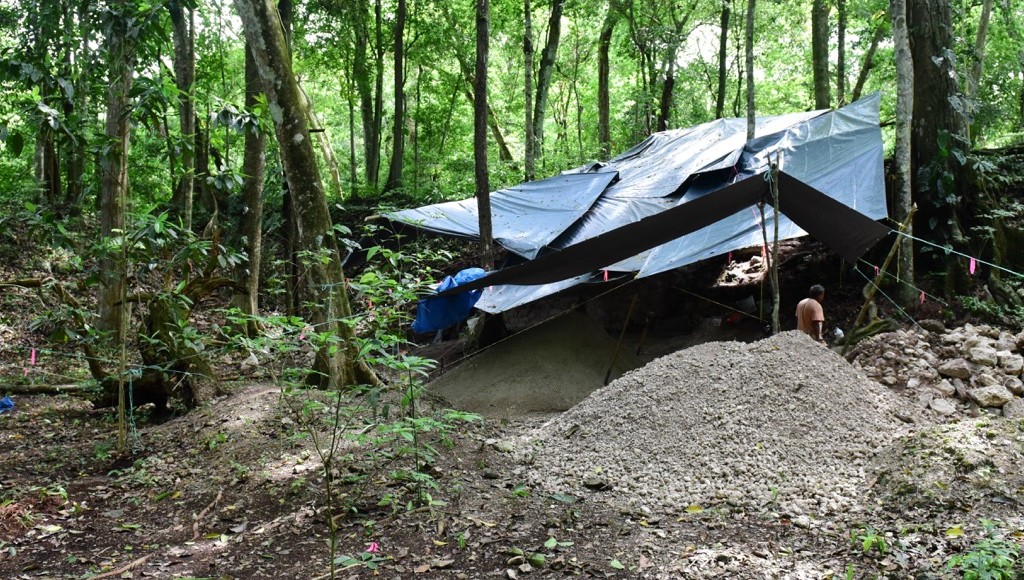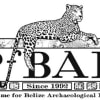This project is now in update mode. Check back regularly to see how things are progressing.
UT Belize Archaeology Project
The UT Belize Archaeology Project focuses on the ancient Maya of northern Belize through a multi-site investigation of past lifeways. The UT Belize Archaeology project has been offered to the University of Texas students for over 25. We emphasize original research and provide UT undergraduate and graduate students first-hand training and experience with archaeological field methods.

(Our camp in NW Belize. Photo courtesy of Bruce Templeton).
We excavate ancient Maya households, cities, and burials to showcase how civilizations respond to changing climate and environmental conditions, population pressures, socio-political dynamics, natural disasters, and more. By delving into our rich human history, we are provided a timescale necessary to fully examine adaptation, resilience, and collapse. The ancient Maya developed one of the world's richest and advanced civilizations, yet they succumbed to multitudes of pressure and suffered a major decline that completely transformed them.

(Excavations of an ancient Maya household from our project)
We provide our students with hands-on archaeological excavation experience. Our research questions are vast, but students are given the daily goals and objectives of their Field Directors to understand why we excavate, what we are looking for, and what we are hoping to answer. During our time in the field, we examine households of the every day Maya, major cities, agricultural terraces, wetlands, and even human burials to build our understanding of the ancient Maya as a cultural group. Understanding how this complex civilization reacted to changing conditions and lifeways helps us generate predictive models for how modern groups might also experience events like climate and environmental change, overpopulation, warfare, political tensions, famine, natural disasters, and more.
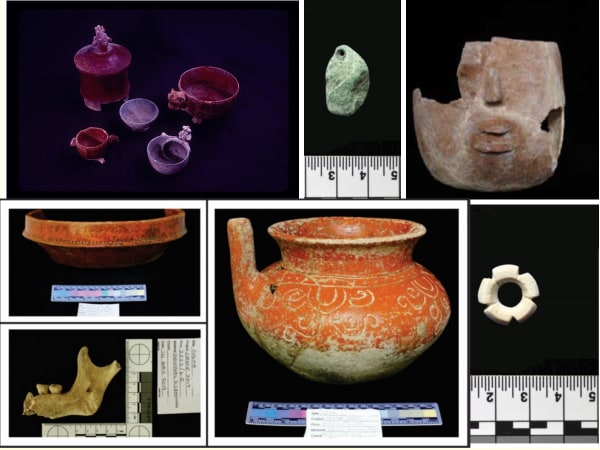
(A sample of artifacts excavated through our program)
What changed at the end of the Classic Period (AD 250 - 900) that led to “collapse” and societal reorganization? We investigate differences in lifeways and lived experiences in urban and rural spaces to illuminate how human societies experience resilience, adaptation, trauma, and collapse. Due to a 6000-year occupation history, the Archaic and Maya inhabitants of northern Belize provide a special opportunity to investigate the nature of cultural interactions, technological developments, food (in)security, climate change, environmental degradation, population growth, and violence.
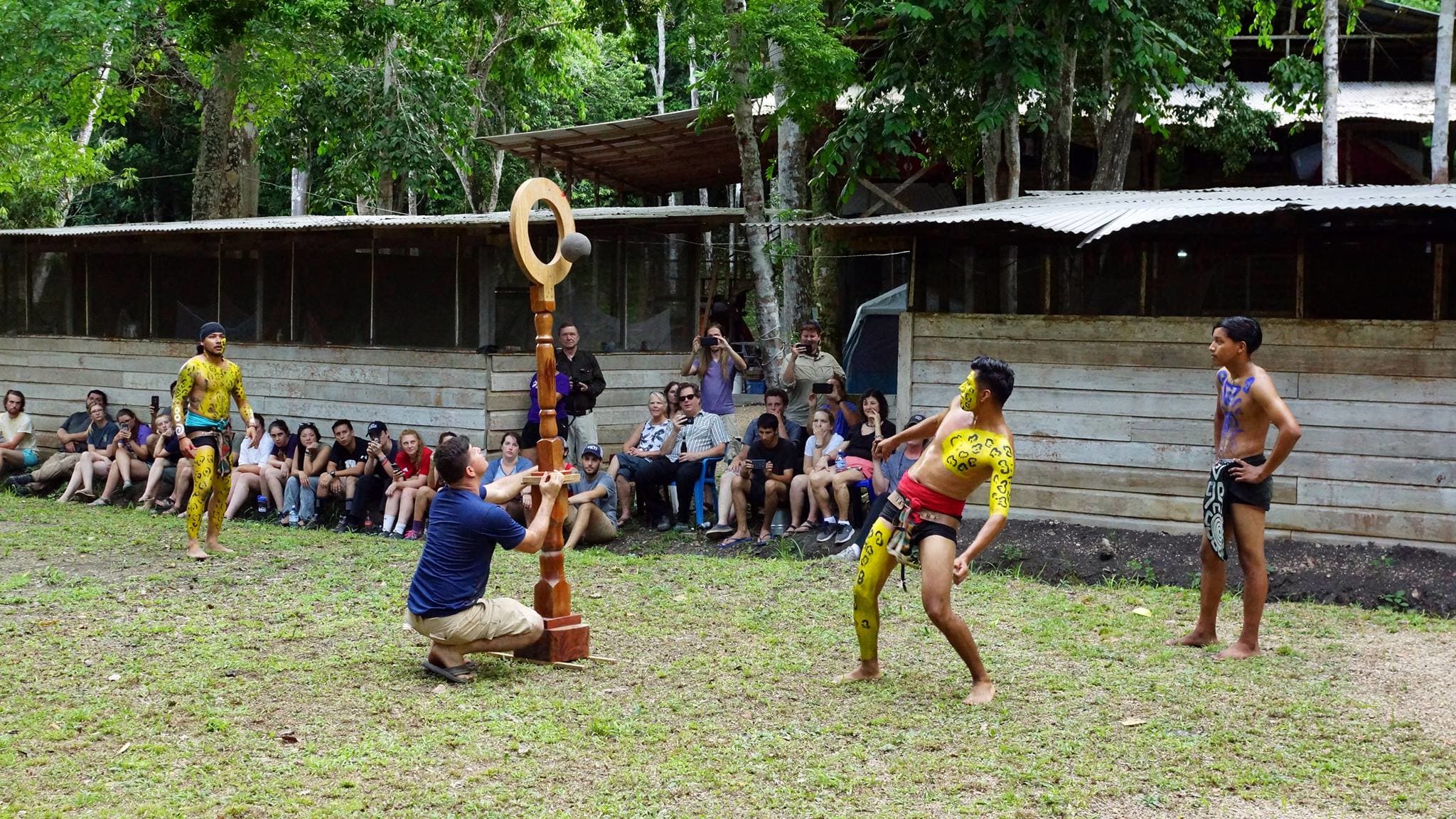
(Our students watch the Belize team demonstrate the Mesoamerican Ballgame. Photo courtesy of Bruce Templeton).
Help us continue to grow our research program! Funding from UT HornRaiser will be used to help offset costs associated with archaeological field excavations completed by UT graduate and undergraduate students. Each dollar donated will help us improve our camp infrastructure, hire more local workers to assist in excavations, and cover supplies necessary for students to complete original research.
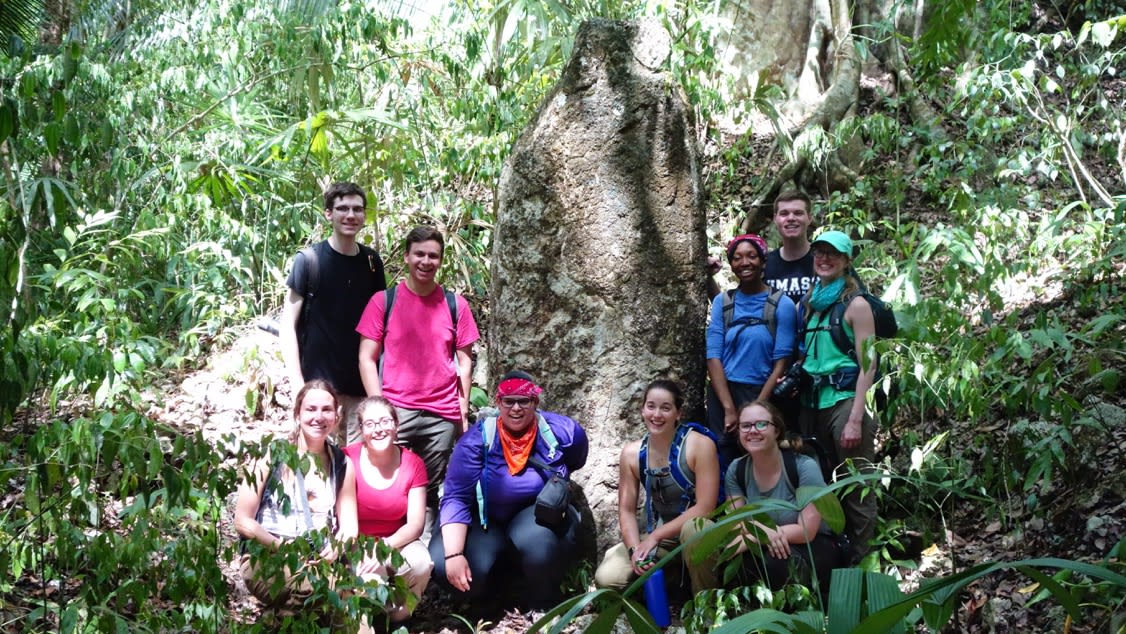
(Our students pose with ancient Maya hieroglyphs. Photo courtesy of Bruce Templeton).
$30
Colha Skull Pit
The ancient Maya were a prominent civilization; however, changing environmental and climatic conditions led to stresses and socio-political upheaval. For example, we know that an immensely violent event disrupted occupation at Colha (one of our research sites) in the Terminal Classic (CE 800 – 900). The skulls of 10 adult women, 10 adult males, and 10 children were uncovered in a pit in front of a small temple, while their bodies were thrown down the stairs of an adjacent building. The building was burned; it eventually collapsed over the skull pit, preserving the skulls for archaeologists to uncover over 1000 years in the future!
$110
The Red Lady
The Red Lady was unearthed in Lot 110 during the 1980s excavations at Colha. The Red Lady dates to the Late Preclassic (BC 300 - AD 250) and was highly important to some of the earliest occupants at the site. She was found in a seated position and was approximately 45-60 years old at the time of death. Of particular importance is that her bones are stained red, most likely from her skin having been painted red with cinnabar before her interment. In addition to her red bones, five human skulls were placed on plates before her as an offering for her transition from life to death.
$365
Maya Haab Calendar
The ancient Maya were phenomenal astronomers and had a highly complex calendrical system that followed celestial events. In fact, the Maya were so adept at astronomy and mathematics that their calendar is one of the most accurate of all time! The Haab represents the 365-day solar calendar. This calendar is broken up into 19 months--18 months of 20 days (360 days) and a 19th month of 5 days. This final month, also known as the Wayeb, was thought to be unpredictable and a sign of bad omens.
$540
Middle Classic Hiatus
The Middle Classic Hiatus occurred from approximately AD 540 - 600 and represents a time when many cities and regions (including our research area) experience a decline in the production of monumental architecture, trade & exchange, and population.
$800
Terminal Classic
The Terminal Classic was from AD 800-900 and represents the time of the Classic Maya "collapse." Construction ceases, trade and exchange falter, burials are impoverished. Most of the Classic Maya centers in the Southern Lowlands suffer decline and abandonment during this time. Researchers recognize this collapse of the Classic Maya civilization was probably due to several contributing factors: mass uprisings from political uncertainty, environmental stress, warfare, overpopulation, and climate change. The ancient Maya continue to persist after the Terminal Classic collapse, but their political structure is no longer centered around great kings and most cities in the jungles of Guatemala and Belize are abandoned.
$1,350
Abandonment of Colha
The skull pit at Colha marked the Terminal Classic struggles and an abandonment episode of nearly 50 years occurs before the site is resettled in the Postclassic (AD 1000 - 1521). Occupation at Colha during the Postclassic was not as grand as it was during the Classic Period, and by AD 1350, Colha is abandoned for good.


